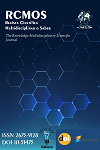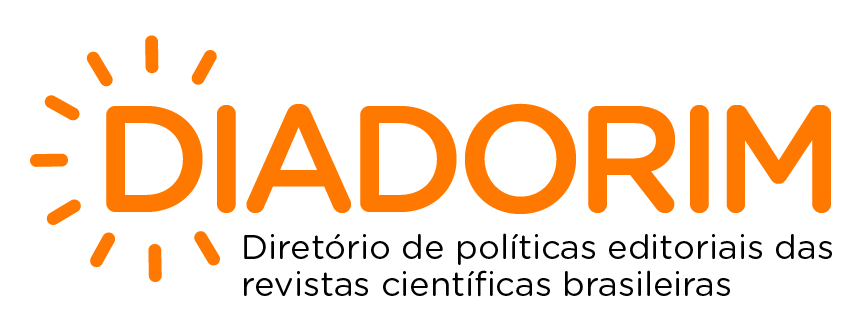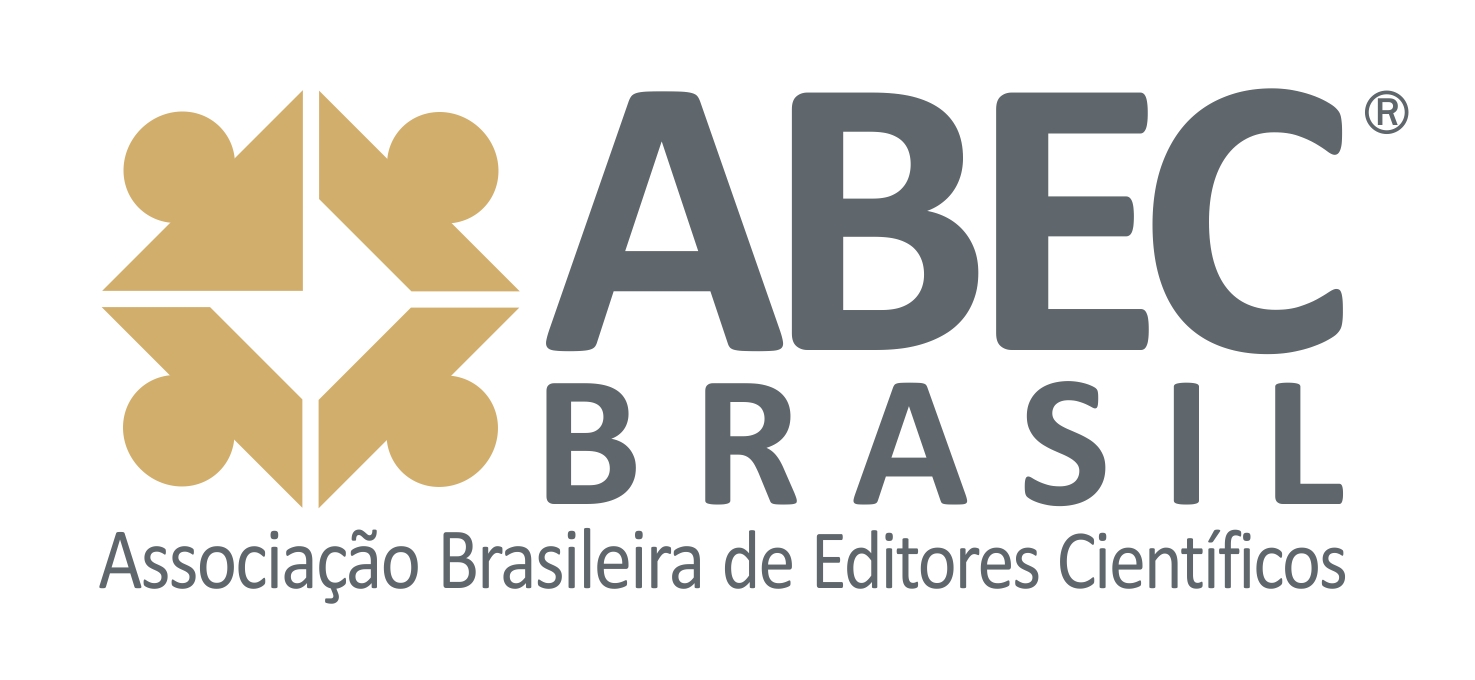Approaches and contexts for the development of graphs and tables
Approaches and contexts for the development of graphs and tables
DOI:
https://doi.org/10.51473/rcmos.v1i1.2025.1192Keywords:
Teaching of Statistics. Statistical Literacy. Early Years of Elementary Education. Investigative Cycle. Contextualized Pedagogical Practices.Abstract
This paper presents the results of a research study on the teaching of statistics in the early years of elementary school, conducted in the second semester of 2023 as part of the Graduate Program in Education at the University of Pernambuco. The investigation took place in a public school in the municipal network of Ipojuca/PE, focusing on students' skills in reading and interpreting graphs and tables, as outlined in the local curriculum. Students’ performance on external assessments was analyzed, comparing rural and urban schools.A multi-grade class from 4th and 5th grade, excluded from external assessments, was observed based on the textbook used. A didactic sequence was implemented, grounded in Meaningful Learning, Statistical Literacy, and the Investigative Cycle. A survey was also conducted with teachers to understand the contexts addressed in teaching statistics in the classroom.The study revealed gaps in the consolidation of statistical skills and highlighted the importance of working with contextualized and real data. Students actively participated in data collection and transformation into graphs, which promoted reflection, engagement, and motivation. The approach validated the Investigative Cycle as an effective methodology for teaching statistics and showed that statistical literacy can make learning more meaningful.The study also pointed out limitations in the textbook and proposed more contextualized pedagogical practices, aiming to stimulate critical thinking and the construction of lasting knowledge, transforming the classroom into a more dynamic and participatory space.
Downloads
References
AUSUBEL, D. P. Aquisição e retenção de conhecimentos: uma perspectiva cognitiva. Lisboa: Plátano, 2003.
BRASIL. Ministério da Educação. Base Nacional Comum Curricular (BNCC): Educação é a Base. Brasília, DF, 2017BRASIL. Relatório SAEB 2017. Brasília, DF: Instituto Nacional de Estudos e Pesquisas Educacionais Anísio Teixeira, 2019.
GAL, I. Adult’s statistical literacy: meanings, components, responsabilities. International Statistical Review, v. 70, n. 1, p. 1-25, 2002. DOI: https://doi.org/10.1111/j.1751-5823.2002.tb00336.x
MOREIRA, M. A. Teorias de Aprendizagem. 2. ed. ampl. São Paulo: EPU, 2011.
PIMENTA, S.G. Pesquisa-ação crítico-colaborativa: construindo seu significado a partir de experiências com a formação docente. Educação e Pesquisa. São Paulo, SP, vol. 31, n. 3, p. 521-539, 2005. DOI: https://doi.org/10.1590/S1517-97022005000300013
PONTE, J. P. Formação de professores de matemática: conhecimento e acção. Sociedade Portuguesa de Matemática. 2007.
RODRIGUES, L. G. S. Análise energética de diferentes sistemas de cogeração com bagaço de cana-de-açúcar. 145f. Dissertação (Programa de Pós-Graduação em Engenharia Elétrica) - Faculdade de Engenharia de Ilha Solteira, Universidade Estadual Paulista – UNESP, Campus de Ilha Solteira, São Paulo, 2005.
THIOLLENT, M. Metodologia da pesquisa-ação. 18. ed. São Paulo: Cortez, 2011.
WILD, C. J.; PFANNKUCH, M. Statistical thinking in empirical enquiry. International Statistical Review, [S. l.], v. 67, n. 3, p. 223–265, 1999. DOI: https://doi.org/10.2307/1403699
Downloads
Additional Files
Published
Issue
Section
Categories
License
Copyright (c) 2025 Érica de Fátima Ferreira, José Roberto da Silva (Autor)

This work is licensed under a Creative Commons Attribution 4.0 International License.












